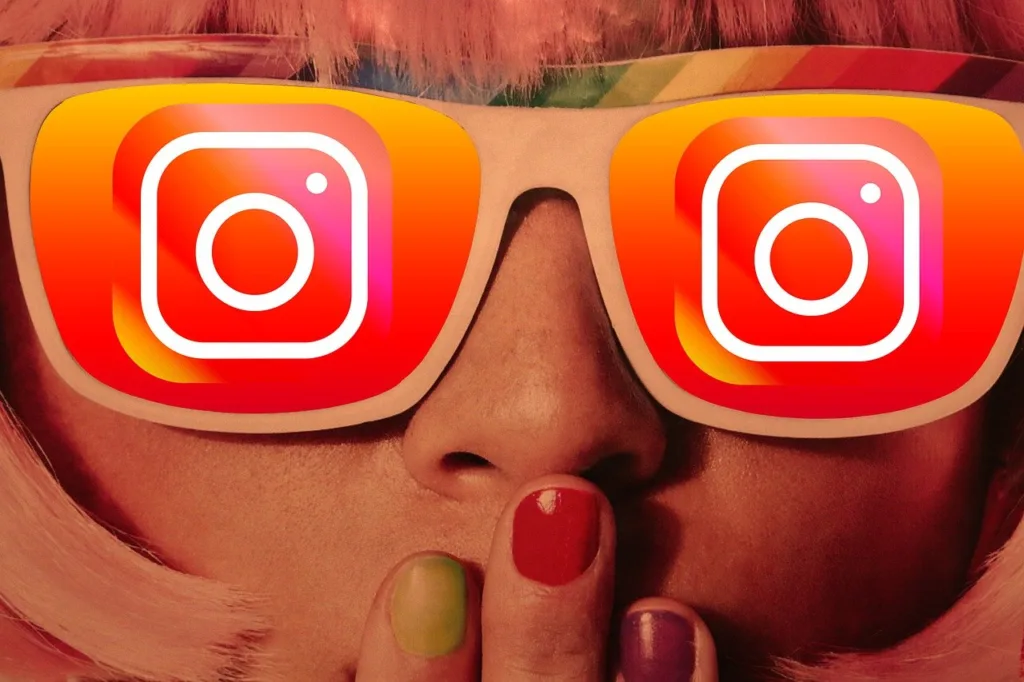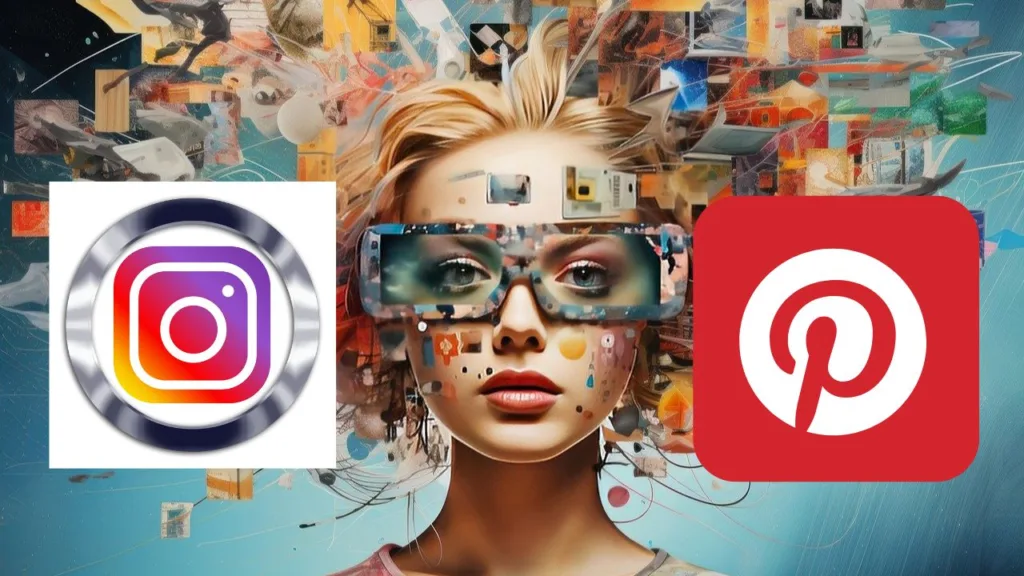Understanding Instagram Spam:
In the ever-evolving world of social media, platforms like Instagram and Pinterest have become central to personal expression, business marketing, and trendsetting. However, as these platforms grow in popularity, they also face challenges, such as Instagram spam, which can disrupt user experience, and rapidly shifting Pinterest trends, which can be both an opportunity and a challenge for content creators and marketers. This blog post delves into the nuances of Instagram spam and Pinterest trends explores the dynamic landscape of Pinterest trends, providing insights on how to navigate these aspects effectively.
What is Instagram Spam?
Instagram spam refers to unsolicited, irrelevant, or inappropriate messages and interactions on the platform. This can include:

1. Spam Comments: These are often generic or irrelevant comments left on posts to gain visibility or direct traffic to other profiles or websites.
2. Spam Direct Messages (DMs): Unwanted messages from unknown accounts, often containing links to dubious sites or promoting products.
3. Fake Followers: Accounts that follow users with the intention of boosting follower counts artificially. These are often inactive and do not engage meaningfully.
4. Bot Activity: Automated accounts that follow, like, or comment on posts in large numbers, creating an illusion of popularity.
The Impact of Instagram Spam:
Instagram spam can significantly affect the user experience and credibility on the platform:
- Spam comments and likes can distort engagement metrics, making it difficult to gauge genuine interest in content.
- Spam DMs often contain phishing links that can compromise personal information.
- For businesses, spammy interactions can detract from a professional image and erode trust with potential customers.
Combatting Instagram Spam:
To maintain a healthy Instagram presence, users and businesses can take several measures to combat spam:
- Instagram offers tools to filter out offensive or spammy comments automatically.
- Reporting spam accounts and blocking them helps reduce their impact.
- Enhancing account security with two-factor authentication can prevent unauthorized access.
- Utilizing third-party tools and services that specialize in identifying and removing fake followers and spam interactions.
Understanding Pinterest Trends:
Pinterest is a visual discovery and bookmarking platform where users can explore and save ideas. Trends on Pinterest can be incredibly dynamic, reflecting seasonal changes, cultural shifts, and emerging interests. Key Pinterest trends often include:
1. Seasonal Trends: Ideas and inspirations for holidays, seasons, and special events.
2. Lifestyle Trends: Popular themes in home decor, fashion, beauty, and wellness.
3. DIY and Crafts: Projects and tutorials that engage the creative community.
4. Food and Drink: Recipes and culinary trends that captivate food enthusiasts.
Identifying Pinterest Trends:
To stay ahead on Pinterest, it’s crucial to identify and leverage current trends:
- Pinterest offers a trends tool that highlights popular searches and topics over time.
- Regularly check the Explore tab to see trending pins and boards.
- Pinterest provides insights into upcoming seasonal trends, helping creators plan content in advance.
- Use keyword research to find trending topics and incorporate relevant keywords into pin descriptions and titles.
Leveraging Pinterest Trends for Success:
To effectively leverage Pinterest trends, content creators and marketers should consider the following strategies:
- Create Trend-Driven Content: Develop content that aligns with current trends, ensuring it is visually appealing and high-quality.
- Optimize Pins for Search: Use relevant keywords in pin descriptions, titles, and hashtags to increase visibility.
- Engage with Your Audience: Respond to comments, repin popular content, and engage with other users to build a community around your brand.
- Track Performances: Use Pinterest Analytics to monitor the performance of your pins and adjust your strategy based on what resonates with your audience.
Instagram Spam vs. Pinterest Trends: A Comparative Analysis:
While both Instagram and Pinterest serve as powerful platforms for social interaction and content sharing, they present unique challenges and opportunities. Here’s a comparative analysis:

User Interaction and Engagement:
Instagram: Focuses on real-time engagement through likes, comments, and direct messages. Spam can disrupt authentic interactions, making it crucial to maintain a spam-free environment.
Pinterest: Emphasizes discovery and inspiration, with user interaction primarily through pinning and saving content. Trends play a significant role in content visibility and user engagement.
Content Creation and Discovery:
Instagram: Content is often time-sensitive, with a focus on immediacy and trends that change quickly. High-quality visuals and timely posts are essential.
Pinterest: Content has a longer lifespan, and evergreen content can perform well over time. Trend-driven content should be planned in advance to align with seasonal and emerging interests.
Challenges and Solutions:
Instagram Spam: The primary challenge is maintaining genuine engagement. Solutions include using built-in filters, reporting spam, and enhancing account security.
Pinterest Trends: The challenge lies in staying relevant and ahead of the curve. Solutions involve leveraging tools like Pinterest Trends, conducting keyword research, and creating visually compelling content.
Best Practices for Social Media Success:
To maximize the potential of both Instagram and Pinterest, consider these best practices:
For Instagram:
1. Regularly Monitor Your Account: Stay vigilant against spam by regularly checking your account activity.
2. Engage Authentically: Foster genuine interactions with your audience by responding to comments and messages.
3. Stay Updated: Keep up with Instagram’s latest features and updates to enhance your engagement strategies.
For Pinterest:
1. Plan Ahead: Use insights and trends tools to plan your content calendar around upcoming trends and seasons.
2. Create High-Quality Visuals: Invest in high-quality images and graphics that capture attention and inspire users.
3. Optimize for Search: Ensure your pins are easily discoverable by using relevant keywords and hashtags.
Conclusion:
Navigating the digital landscape of Instagram and Pinterest requires an understanding of the challenges and opportunities each platform presents. Instagram spam can detract from the user experience, but with the right strategies, it can be managed effectively. On the other hand, staying on top of Pinterest trends offers a wealth of opportunities for content creators and marketers to connect with their audience and drive engagement.
By combining vigilance against spam on Instagram with a proactive approach to leveraging Pinterest trends, users can enhance their social media presence, foster authentic interactions, and achieve sustained success across both platforms.
